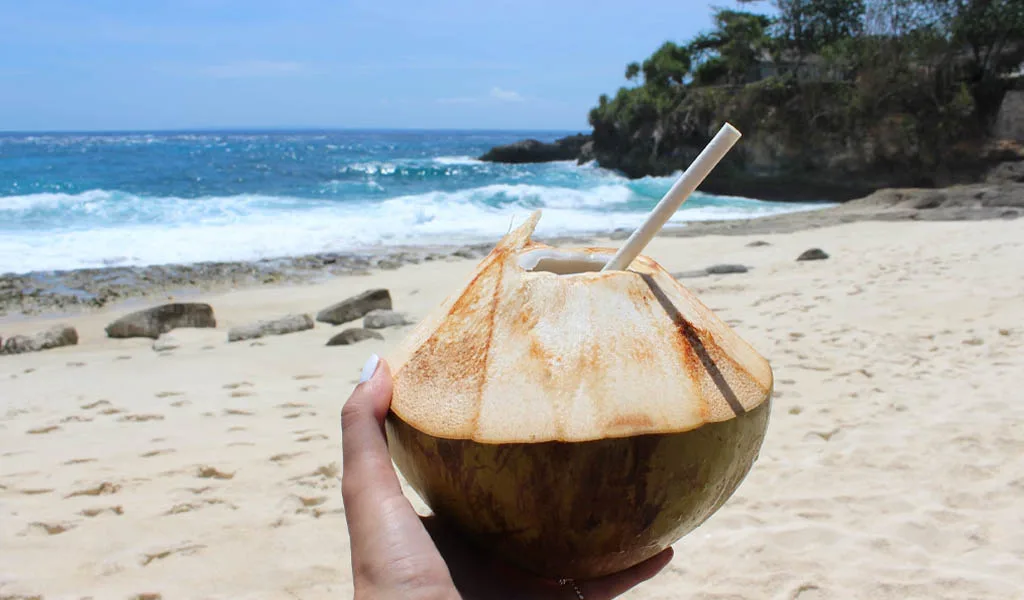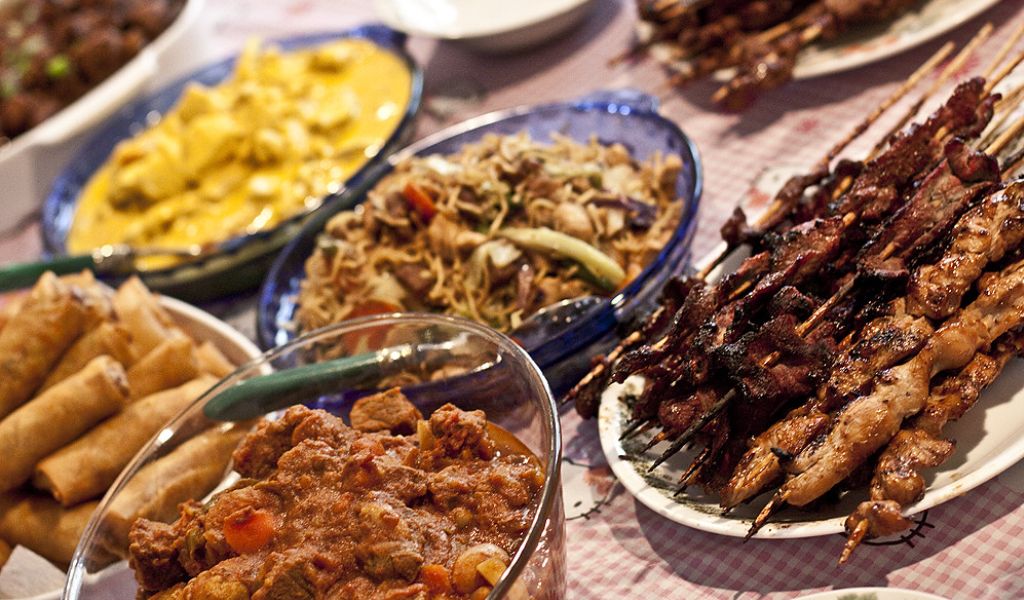Your Ultimate Guide to Pinoy Summer Drinks
As the sun scorches the archipelago, the Philippines bubbles with a concoction of summer drinks that not only quench your thirst but also drench your soul in refreshing flavors. Pinoy summer drinks are more than just beverages; they’re a colorful, joyous celebration of tropical bounty and inventive culinary traditions. So, grab your favorite glass because you’re about to dive into a world where every sip tells a story of summer.
The Halo-Halo
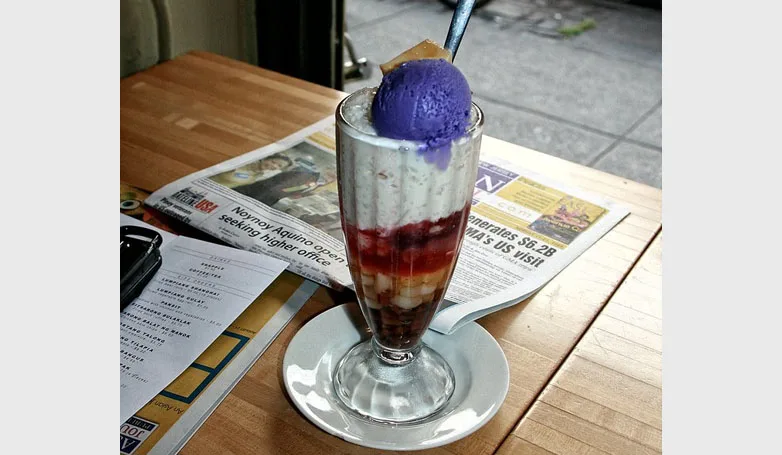
Halo-Halo, a popular Filipino dessert, is a delightful concoction that creatively combines crushed ice with various ingredients, creating a visually appealing and delicious treat. It’s particularly famous for its colorful layers and the mix of textures, making it a favorite during the hot summer months in the Philippines. The core ingredients often include sweetened beans (like red beans or kidney beans), coconut sport (macapuno), jackfruit (langka), nata de coco, and sweetened plantains. These are layered over crushed ice, then generously topped with leche flan (caramel custard), purple yam (ube halaya), and sometimes a scoop of ice cream. It’s all then drizzed with evaporated milk, creating a creamy, sweet, and satisfying dessert.
The Refreshing Sago’t Gulaman
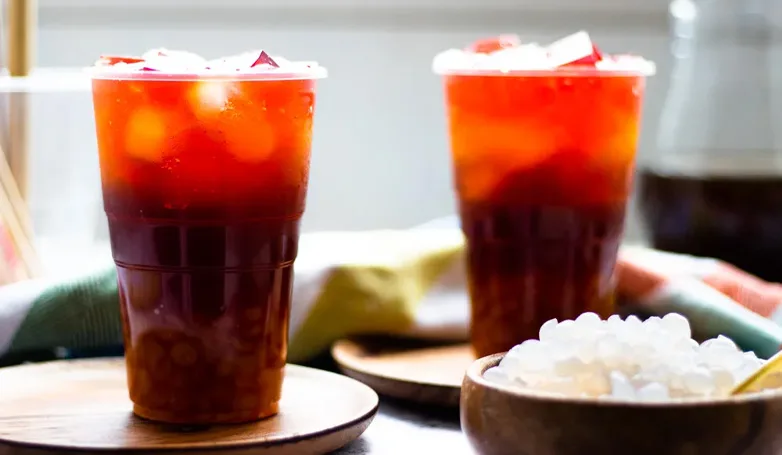
Sago’t Gulaman is a beloved Filipino refreshment that features an interesting combination of sago pearls (similar to tapioca pearls) and gulaman (agar-agar jelly), sweetened with a rich syrup, typically made from brown sugar and flavored with pandan leaves. This drink is revered for its contrasting textures and refreshing sweetness, making it a perfect antidote to the tropical heat. The sago pearls, which are boiled until they become translucent and chewy, and the gulaman, cut into cubes or strips after being set, are mixed together in a syrupy solution, often served chilled or with crushed ice to enhance its refreshing quality.
Buko Juice
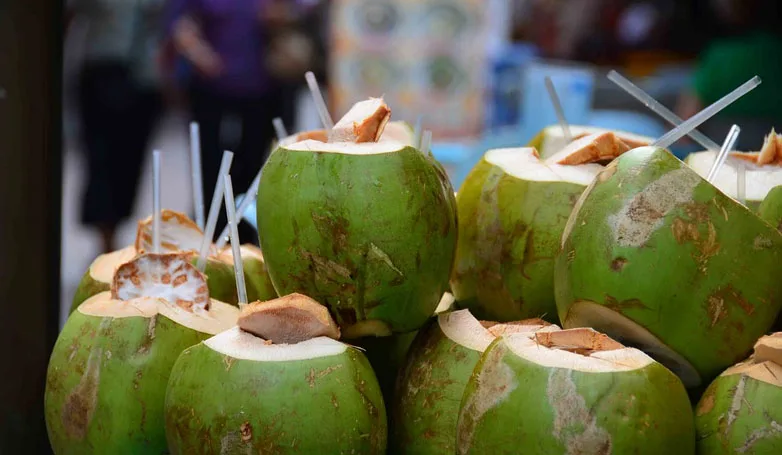
Buko Juice, also known as coconut water, is a simple yet profoundly refreshing drink straight from the young green coconuts abundant in the tropical regions of the Philippines. This natural beverage is not only delicious but also packed with electrolytes, making it an excellent hydrator. The juice is often served directly from the freshly cracked coconut, sometimes with the tender coconut meat scooped out for an added treat. Its natural sweetness and cooling effect make Buko Juice a popular choice among both locals and tourists, especially during the scorching summer months. You must visit the Summer Destinations in the Philippines for your next adventure.
Calamansi Juice
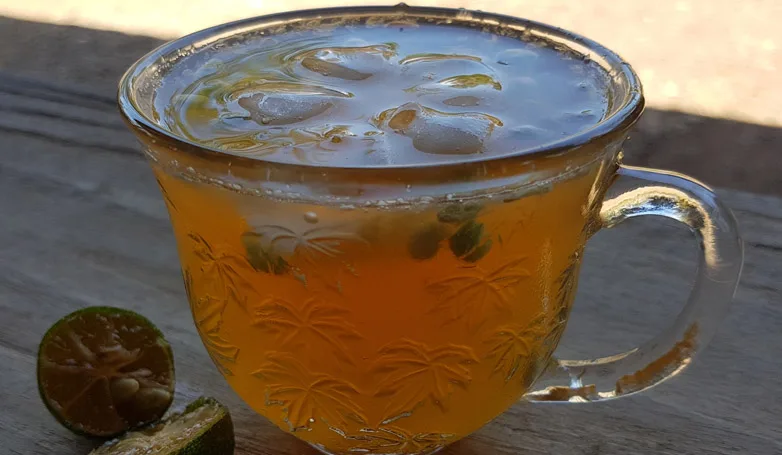
Calamansi Juice is a staple citrus refreshment in the Philippines, derived from the Calamansi, a small, round, and green citrus fruit that boasts a flavor profile resembling a blend of lime and lemon. This juice is celebrated for its sharp tanginess tempered with a hint of sweetness. Making the juice involves squeezing the fresh calamansi to extract its juice, then diluting it with water, and sweetening it to taste with sugar or honey. Often served chilled or over ice, Calamansi Juice is not only a thirst-quenching beverage but also a vitamin C powerhouse, contributing to its appeal as a healthy drink option.
Mais Con Yelo
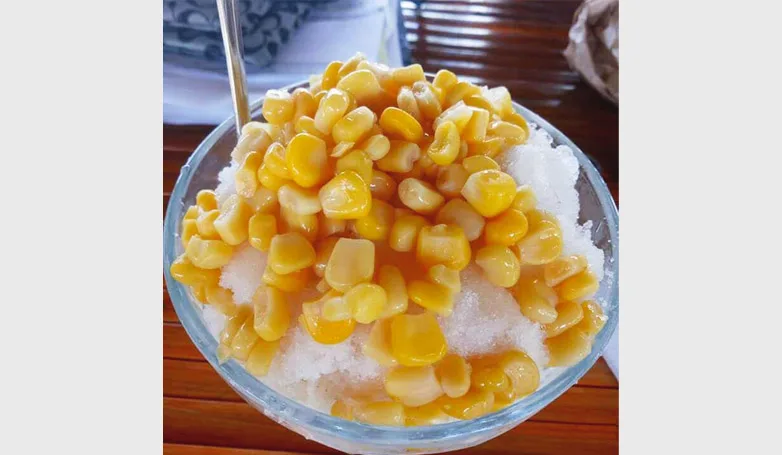
Mais Con Yelo is a sweet and refreshing Filipino snack or dessert that ingeniously combines shaved ice with sweetened corn kernels and is usually topped off with creamy milk. The primary ingredients include sweet corn, either fresh or canned, which is mixed with sugar and sometimes a pinch of salt to enhance the sweetness, served atop a mound of crushed or shaved ice. A generous drizzle of condensed milk or a dollop of milk ice cream completes the concoction, creating a contrast of textures and flavors. This treat is not only satisfyingly sweet and creamy but also offers an interesting texture from the corn, making Mais Con Yelo a beloved snack during hot afternoons.
A Sweet Conclusion
As our journey through the vibrant world of Pinoy summer drinks comes to a close, it’s clear that these beverages are more than just a means to cool down. They celebrate Filipino heritage, creativity, and the simple joys of summer. Each sip not only refreshes the body but also brings a taste of Filipino warmth and hospitality.
So, whether you’re lounging on a white sandy beach or just dreaming of a tropical getaway, remember that a glass filled with any of these delightful Pinoy summer drinks is your ticket to a refreshing, sun-soaked paradise. Cheers to a summer filled with flavor, fun, and the timeless taste of the Philippines!
FAQs About The Pinoy Summer Drinks
1. Are Pinoy summer drinks healthy?
The healthiness of Pinoy summer drinks can vary significantly. Drinks like buko juice and calamansi juice offer vitamins and hydration with minimal processing. On the other hand, drinks like Halo-Halo and sweetened sago at gulaman can be high in sugars. Moderation is key, and reducing the sugar content or opting for natural sweeteners can be beneficial for a healthier option.
2. Can I make these drinks without sugar?
Yes, you can make these drinks without conventional sugar. Natural sweeteners like honey, stevia, or agave nectar are good alternatives. For some drinks, the natural sweetness of the fruits involved (like mangoes in a mango shake or the natural sweetness of coconut in buko juice) can be enough, especially if they are perfectly ripe.
3. Are these drinks served on special occasions?
Yes, many of these drinks can be found at special occasions and family gatherings, especially during the summertime when the weather is hot. Halo-Halo, for example, is a popular treat for fiestas and summer parties.
4. How do I store the leftovers of these drinks?
Leftovers of these drinks should be stored in the refrigerator. For best quality, consume them within 1-2 days. For drinks like Halo-Halo, it’s best to store the components separately and assemble them right before serving to maintain texture.
5. Are there any allergic concerns with these drinks?
As with any food or beverage, it’s important to be aware of potential allergies. Some people might be allergic to specific fruits, nuts, or dairy products commonly used in these drinks. For those serving these drinks to guests, it’s prudent to ask about food allergies beforehand and adjust the ingredients accordingly. Always disclose the ingredients to those you’re serving.

